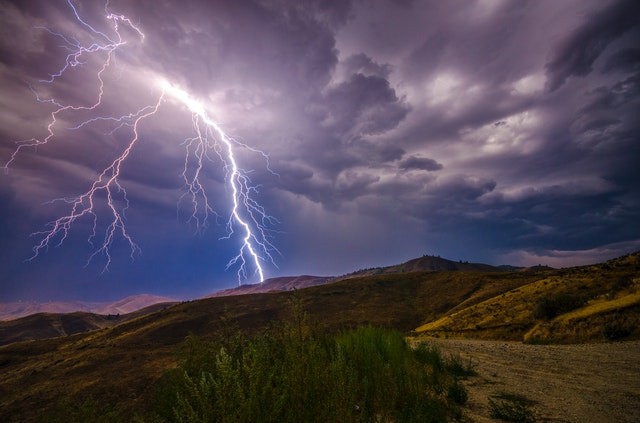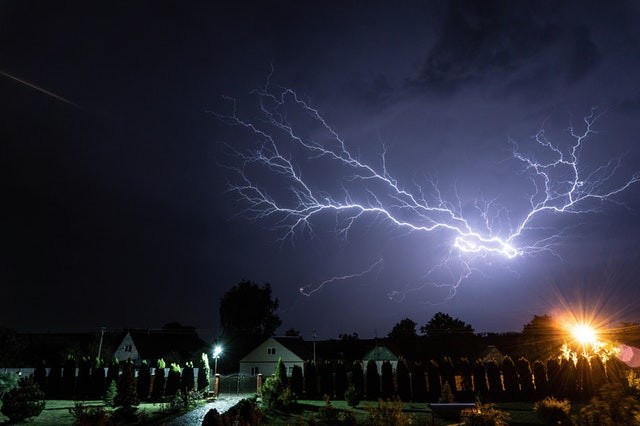Know the truth about the dangers of lightning in order to stay safe in a storm. "Go indoors whenever thunder roars!" is a truism that truly holds up. But did you know that most of the things we think we know about lightning are actually false?
Here are some common myths, together with the facts that will keep you and your loved ones protected during a storm.
On our planet Earth, there are 1,800 thunderstorms going on at any given time - and they are accompanied by lightning. Property that is damaged to lightning is covered by standard homeowners insurance for your home, and the inclusive portion of an auto policy for your car -but the harm that comes to your body from lightning is difficult to remedy.
The best decision is to take shelter in a house, other building, or a vehicle that is fully enclosed and also has a hardtop. But as one of these choices may not be obtainable to you, your safety and wellbeing may rely on having knowledge of the dissimilarity between these lightning myths and the facts.

Myth #1 - Lightning does not strike twice in the same place.
Fact: Lightning usually strikes a particular place time after time, mostly if it's a tall, deserted object that is pointy. The Empire State Building was once converted to a lightning laboratory due to the fact that it is hit almost 25 times every year, and has been well known to have been struck as many as a dozen times during just a storm.
Myth #2 - Lightning hits just the tallest objects.
Fact: Lightning does not discriminate and it can find you no matter your location. Lightning may hit the ground rather than a tree, cars rather than close by telephone poles, and parking lots rather than buildings.
Myth #3 - Staying under a tree is better than no shelter at all when stuck in a thunderstorm
Fact: Taking shelter under a tree is the worst thing you can do. If you did not get hit by lightning, there's a possibility that a "ground charge" will spread out from the tree in different directions. Staying underneath a tree is the second leading cause of casualties whenever lightning strikes.
Myth #4 - You're safe if there is no rain or clouds
Fact: Lightning usually strikes over three miles from the thunderstorm, far from the rain or even the thunderstorm cloud. Though not frequent, "bolts from the blue" have been known to hit places as far as 10 miles from their thunderstorm source, where the skies seem clear.

Myth #5 - The rubber tires of a car will protect you from lightning
Fact: True, staying in a car will probably protect you. But most cars are truly safe due to the fact that the metal roof and sides redirect lightning around you - the rubber tires do not have much to do with keeping you safe. Convertibles, bikes, motorcycles, outdoor recreation vehicles that are open shelled and cars having plastic or fiberglass shells does not protect you from lightning at all.
Related Article : Death by Indoor Lightning: Yes, It's Possible
For more news, updates about lightning and similar topics don't forget to follow Nature World New!
© 2025 NatureWorldNews.com All rights reserved. Do not reproduce without permission.





